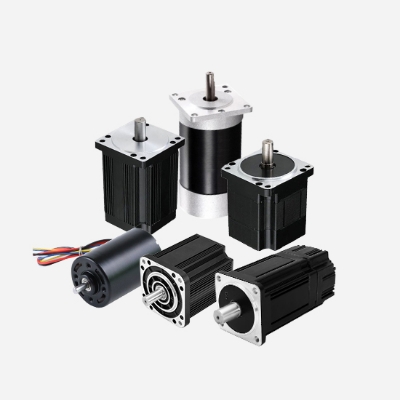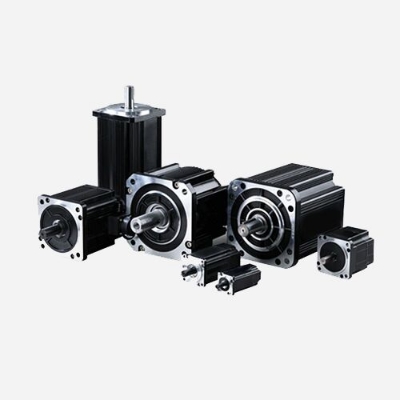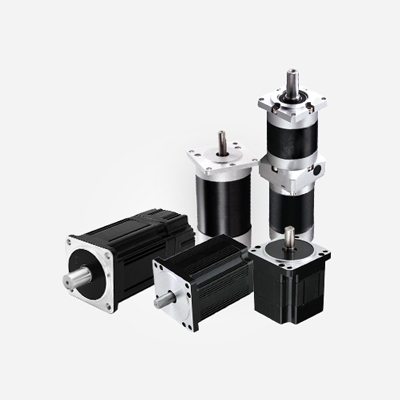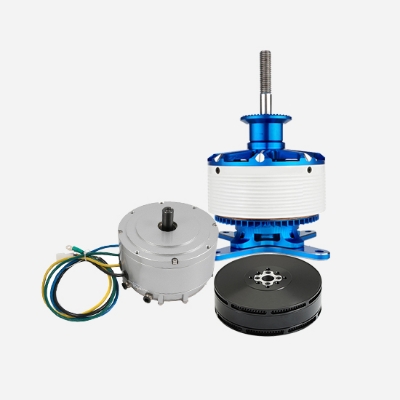A brushless DC (BLDC) motor, also known as a electronically commutated motor (ECM), is a type of electric motor that uses electronic commutation instead of brushes and a mechanical commutator, which are commonly found in traditional DC motors.
BLDC motors offer several advantages over traditional DC motors, including higher efficiency, lower maintenance requirements, and longer lifespan due to the absence of brushes and commutator. Because brushless motor has some components, it can better play the performance. In the following, we will introduce the components of BLDC motor.
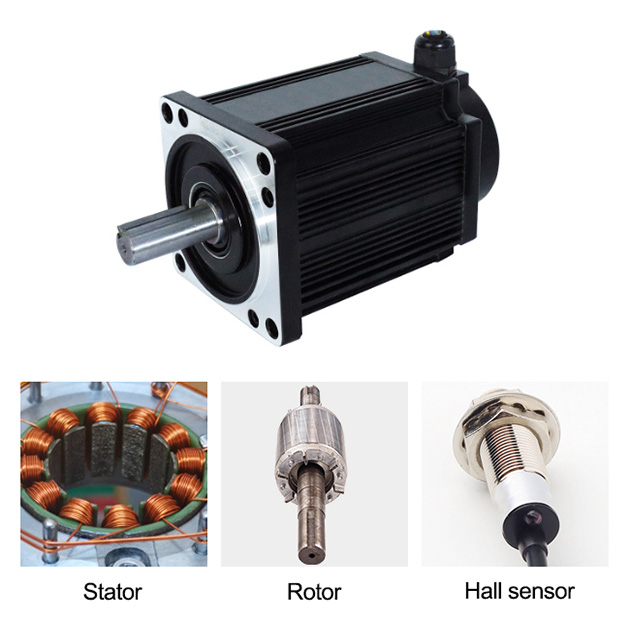
- Stator. The stator of a brushless DC motor consists of stacked steel laminates to carry the windings. These windings are placed in slots that are axially cut along the inner and outer circumference of the stator. These coils can be arranged in a star or triangle shape. However, most small brushless DC motors have three-phase star connected stators. Each winding consists of many interconnected coils, with one or more coils placed in each slot. In order to form an even number of poles, each winding is distributed around the periphery of the stator. The stator must select the correct rated voltage based on its power supply capacity. For robot, automotive, and small drive applications, high power brushless DC motor with a voltage of 48V or less are preferred. For industrial applications and automation systems, use motors with a rating of 100V or higher.
- Rotor. A 24V brushless DC motor is equipped with a permanent magnet in the rotor. The number of poles of the rotor can vary from 2 to 8 pole pairs, with alternating north and south poles depending on application requirements. In order to achieve maximum torque in the motor, the material should have a high magnetic flux density. In order to generate the required magnetic field density, it is necessary to select suitable magnetic materials for the rotor. Ferrite magnets are cheap, but they have a given volume with a low flux density. Rare earth alloy magnets are commonly used in new designs. Some of these alloys are samarium cobalt (SmCo), neodymium (Nd), ferrite, and boron (NdFeB). The rotor can be constructed in different core configurations, such as circular core and peripheral permanent magnets, circular core and rectangular magnets, and so on.
- Hall Sensor. The Hall sensor provides information to synchronize the stator armature excitation with the rotor position. Since the commutation of high torque brushless DC motors is electronically controlled, the stator windings should be sequentially energized to rotate the motor. Before energizing a particular stator winding, the position of the rotor must be confirmed. Therefore, a Hall effect sensor embedded in the stator can sense the position of the rotor. Most brushless DC motors incorporate three Hall sensors embedded in the stator. Each sensor generates low and high signals when the rotor pole passes nearby. According to the response combination of these three sensors, the accurate commutation sequence of the stator winding can be determined.

